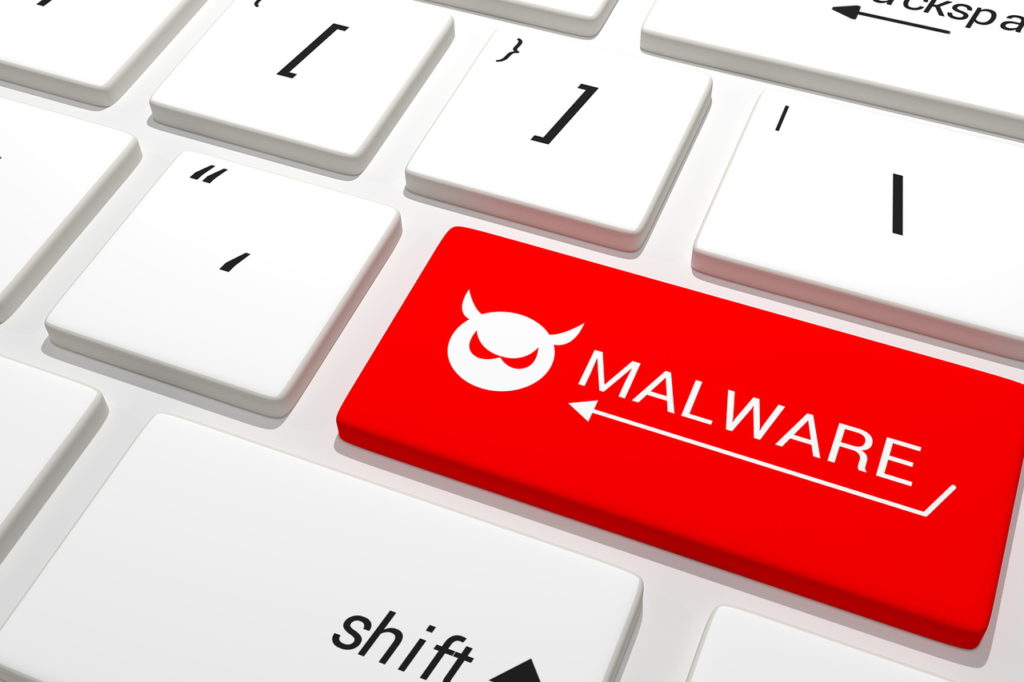When we are connected to a network (mainly through the internet), we are more vulnerable to threats, and our devices can become an easy target for hackers and their illegal activities. Most of you would have heard of the term “Malware“. Well, going by its definition, it is simply a program designed to infect your device and cause a malfunction or snoop through it for valuable information.
Tips to Prevent Malware Attacks
Cybersecurity as an umbrella term defines norms and processes to prevent the propagation of malicious software, AKA malware attack, and protect connected users from any attack or unauthorized access. There are legal bodies acting against such illegal acts on a large scale; however, to prevent malware attacks and being a victim of such crimes, you could take some measures locally and safeguard your devices.
WiFi Router is the means of linking your device to the network, and thus they form the first line of defense for your devices.
1. Avoid using Routers provided by ISPs
The routers provided by ISPs are hard-coded with settings that give them remote access to settings that are generally non-customizable by users. By doing this, it provides them with the ability to control your usage, which in turn impedes your internet security. Prefer buying routers manufactured by trusted manufacturers.
2. Change your router password
Generally, the web router username and password for the routers are common terms like ‘admin’ or ‘ABC’ and a few other common terms. This makes your network an easy target for hackers. Thus it is advised to change these settings to enhance the level of security to prevent malware. Learn more details about 192.168.0.1 Router Login Password.
3. Adding multilayer encryption on passwords
Users can encrypt the router by accessing its settings and setting the encryption type; after this, you would be required to set the encryption key for the network. Thus, this key would act as a password to connect to the router.
4. Saved passwords are the biggest mistakes
You should never save your passwords on your web browser. Hackers can gain access to your web browser files while you might accidentally click on a link or visited some malicious website. It may seem like a misdirected page, but you have granted all your account details to the hacker. Avoid saving account details on your browser; this may protect your information even if you get attacked.
5. Prefer the ‘HTTPS’ protocol access
Every router follows a communication protocol to share data and resources on the internet. Also, the websites have these protocols, generally the ‘HTTP’, but the more secure version is ‘HTTPS’. This protocol has additional layers of encryption, which makes it difficult for hackers to crack it and hack into the network.
6. MAC filtering to your aid
It is a powerful option available to users to provide access to the router to specific devices. By adding the MAC addresses of the intended devices and enabling the feature, only the devices with MAC address defined in the list can connect to the network, while others may see the network but will not be provided connectivity.,
7. Keep your router firmware up to date
With every version of the firmware update, there are improvements in performance, security, and processing. Thus, by updating the firmware of your router (happens automatically for most routers), you could be prepared to counter any unauthorized access. and prevent malware on your computer. Learn simple online security habits that will protect your wallet.
Prevent Malware Attacks through Software
Apart from router-based protection, there are other ways your devices could be attacked, and there are few other software-based means to protect your computer from malware.
1. Create a complex password
Most people prefer setting passwords that are related to their names, birthdays, or special occasion. But, these passwords are easy to crack; instead, you could use software that uses different algorithms to produce a complex password consisting of alphanumeric, symbols, and special characters. You could further add to the complexity by modifying them based on some personal logic.
2. A firewall is a must
The firewall is one of the strongest barriers to prevent malware or viruses on your system. By using a strong firewall program, you can be assured that it would disable almost every kind of malicious activity on your system.
2. Use a premium Antivirus software
We all know about antivirus software and how it detects and eliminates any unauthorized program file or unknown code to execute on the system. Some of the commonly recognized categories are viruses and Trojans. You should keep the libraries updated and also enable internet security features to protect you from accessing a malicious website.
4. Use Anti-spyware software
Spyware software sits quietly on your system, monitor your activities, and share the details to a third-party. Using antispyware software can save you from being attacked by such smart programs. It’s your responsibility to prevent malware to safeguard your computer system and its delicate information. Cybersecurity cells can work on major threats, but locally you have to take command. You can also find a guide on the router combo to add more security options. Take protective measures before malware attacks.
